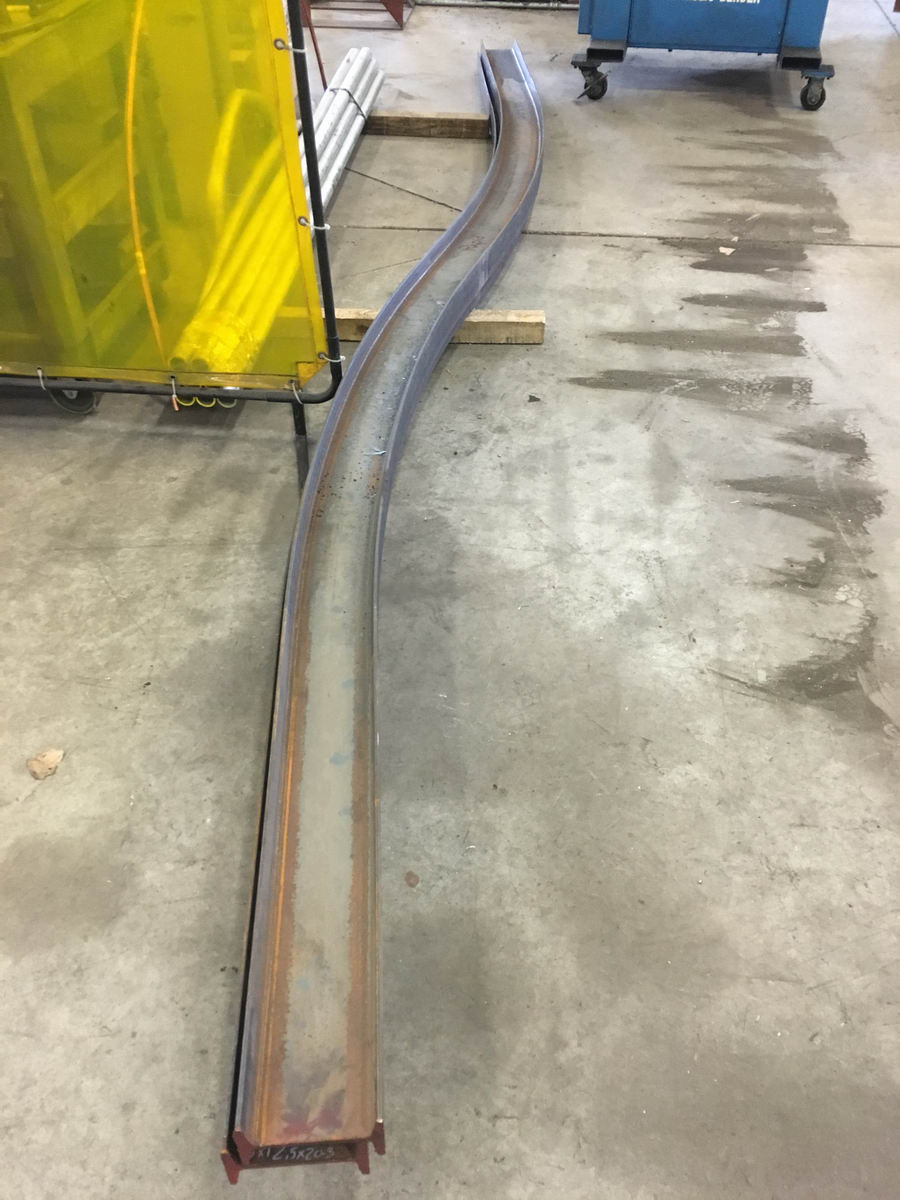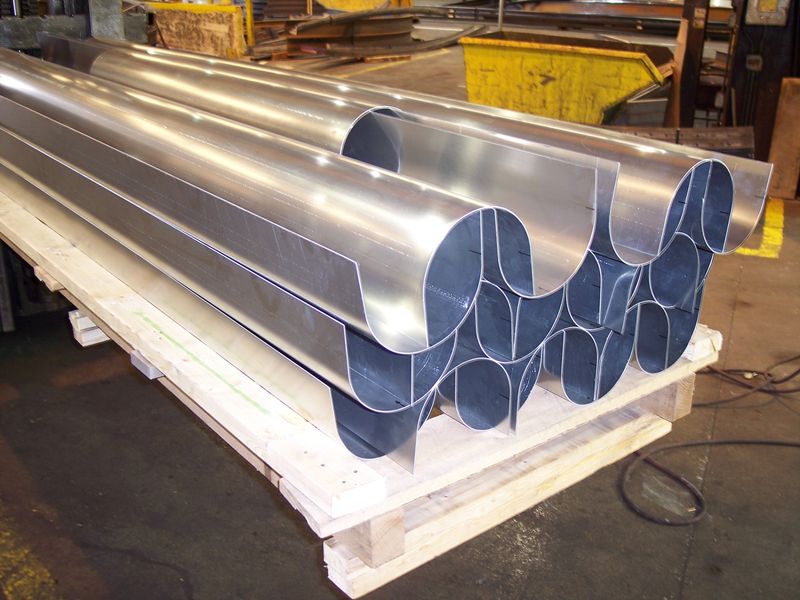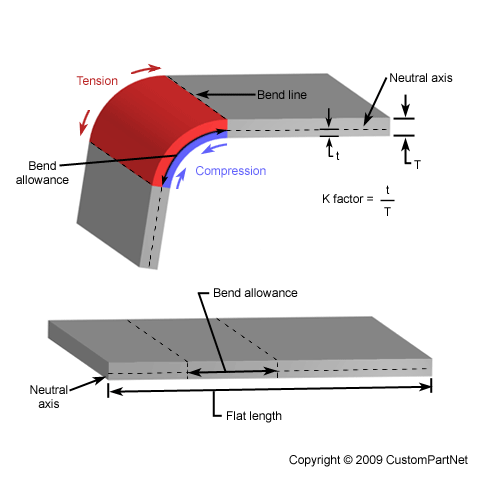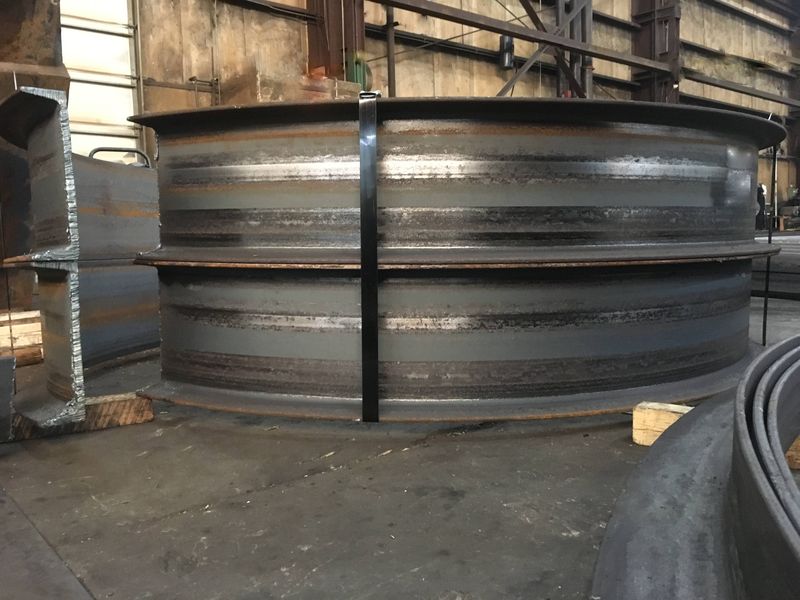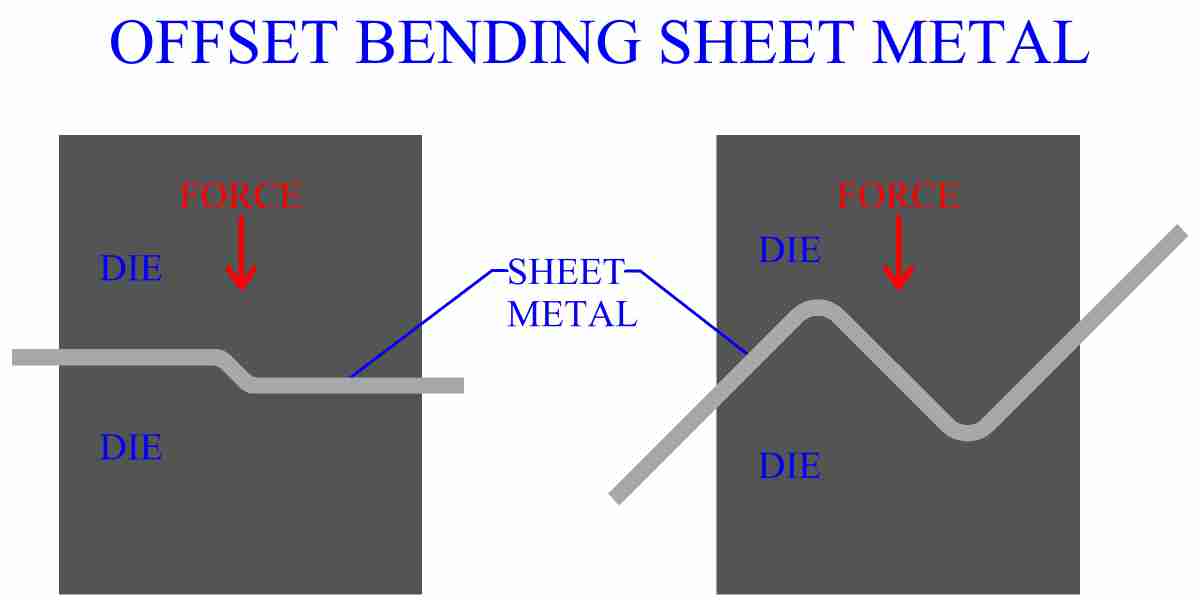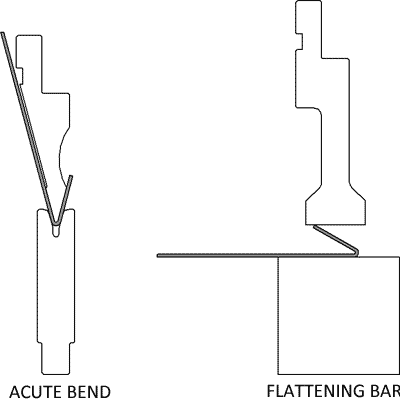Now that you know your bend allowance take your protractor and draw a clear line with your marker across the point at which you will bend your sheet metal.
Putting a bend on a curve sheet steel.
Clamping your sheet metal to the straightedge is a must.
To clamp efficiently lay your sheet metal on the top surface of your straightedge with the drawn line perfectly aligned with the outside edge of the sheet metal.
It seems like it should be simple but i think the flat part where the tab originated is making it difficult.
If in doubt try bending a scrap panel over the tightest radius section of the arch to see if it will work.
Otherwise the sheet metal is almost certain to shift as you bend it resulting in a bad bend.
Note watch out for overbending the workpiece.
The last step bending will actually deform the first bend and make that bend less then 90 degrees so for that to look good.
I am trying to put a curve on a bent tab in a sheet metal part and i can t figure out how to make it work.
Curve sizes vary depending on the pipe diameter utilized.
This is putting a simple hem on a curved piece of zinc with a 7ft radius.
I have bent 3mm sheet up to 300mm wide like this.
Mark your bend lines.
Make sure the first bend mark lines up exactly with the curve in the form so that the bending will begin in the right spot.
Homemade sheet metal curve bending tool functions by clamping the sheet metal on top of a pvc pipe.
The sheet metal is bent to follow the pipe s contours using mallets.
A cutout or the edge of your flange to your bend.
Choose a bend radius that matches your minimum bend.
Finally curved applications typically require additional fasteners to resist the forces induced by curving the panels.
If you have any questions or want to discuss your design contact us.
Determine your minimum bend by measuring the distance from your closest feature i e.
For 3mm i use a big piece of angle iron.




